An Apple patent published by the U.S. Patent and Trademark Office on Tuesday describes a portable media carrier that can transfer files and documents to a computer, or any recipient device with a display, after said computer senses the device is near.
Apple's U.S. Patent No. 8,417,779 for "Apparatus and method for interacting with handheld carrier hosting media content," basically describes a simple system for inserting media from a portable device into an email message, word processing document, photographic editing file, or any other application on a computer.
According to the patent, Apple looks to overcome challenges in interacting with content stored on a portable media device, like transferring media from a host device to a computer, which could be a daunting task for some users.
While not specifically mentioned in the patent language, any iOS device can be used as the "media carrier," as each is of necessary portability and can host the various type of media described, such as photos, video, music and handwritten drawings.
The system is almost completely automated. The host device, being the portable unit, is detected by a second device and initiates a media transfer if it is determined that such an action is desirable. The receiving unit, being a computer or non-handheld device, then inserts the media into an open document window, such as an email message.
For example, a user may want to insert a diagram into an email while typing. Instead of syncing the device or otherwise transferring it through wires or another complex manual method, the user can simply move their iPhone near the computer screen and have the image inserted into the text body. In some embodiments, images can be inserted into an image editing file or other documents running on the computer's screen.
The nuts and bolts of the system are somewhat easily implemented, given the plurality of sensors embedded in Apple's iOS device lineup. To activate the transfer, the patent calls on near field communications (NFC), Bluetooth, a camera or other sensor that can detect the proximity of a portable device in relation to a computer. Once a threshold distance is breached, the system determines that a file transfer is desirable. The patent even notes that even a momentary touch between the devices can be used to trigger the function.
The system then recognizes what type of content is being transferred, and to where, before initiating the transmission. Moving documents and files from one device to the other is done through Bluetooth, Wi-Fi, or any other acceptable wireless protocol.
Perhaps most important to the process is the software framework that initiates and completes the transfer. This interface must determine that media is ready to be acquired, capture the media and insert it into the appropriate running application on the receiving computer. Before doing so, however, the framework decides what type of content is being received, as well as what programs are running on the recipient computer. By determining the media and application activity, the software can intelligently decide what should be taken from the portable device and where it should be inserted.
A user can highlight appropriate media on the handheld device either manually, or by simply having the asset displayed on-screen. They also have the option to select where the media will be inserted through a graphical interface. For example, an option menu or pop-up window containing "Insert Hand-Drawn Pic" can be displayed when transferring a hand-drawn asset.
On that topic, the property notes hand-drawn diagrams can be inserted from the portable media device by using a camera disposed in the recipient computer.
While there are third-party methods that can accomplish some of the functionality described above, such as wireless transfers from an iOS device to one running OS X, Apple's method is unique insofar as the proximity trigger is concerned.
It is unclear if Apple will integrate the feature into a future iPhone or upcoming iteration of iOS, but the hardware called for already exists with the company's portable lineup.
The patent was first applied for in 2010 and credits Douglas Weber as its inventor.
 Mikey Campbell
Mikey Campbell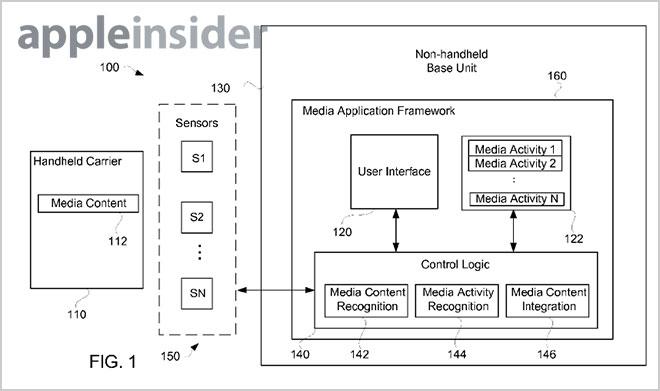
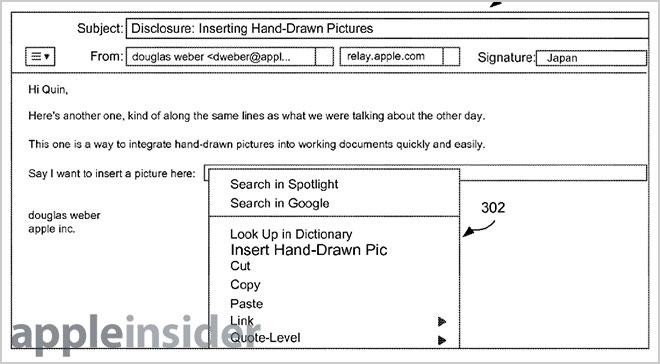
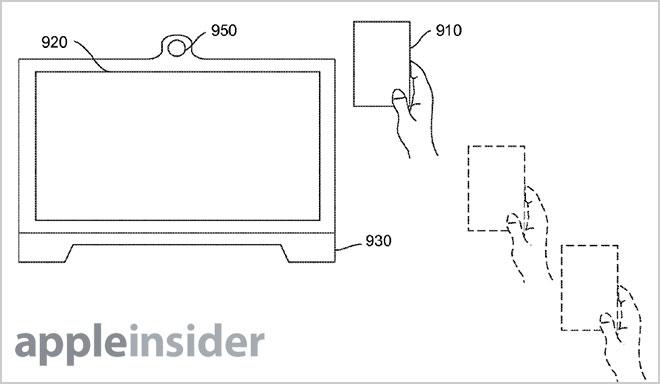
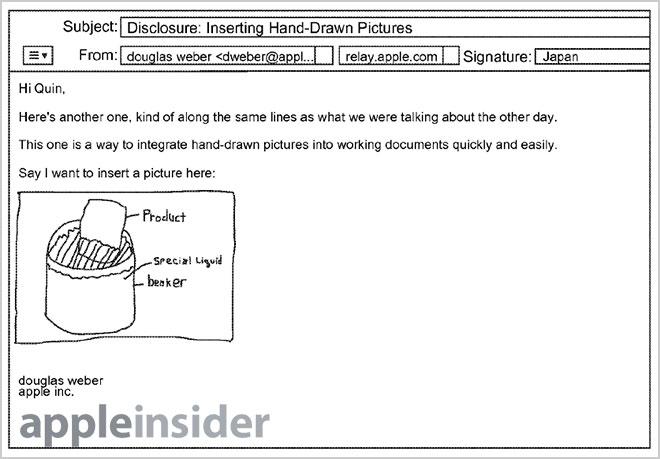







-m.jpg)






 Chip Loder
Chip Loder
 Wesley Hilliard
Wesley Hilliard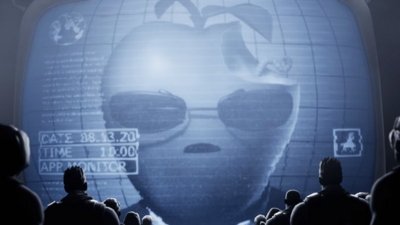
 Marko Zivkovic
Marko Zivkovic

 Christine McKee
Christine McKee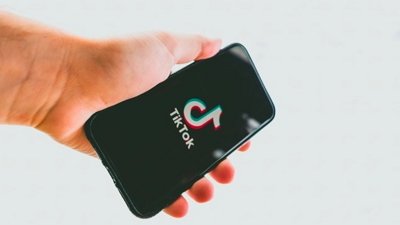
 Amber Neely
Amber Neely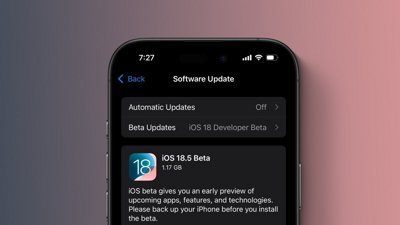
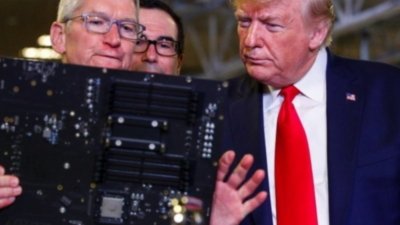
 Malcolm Owen
Malcolm Owen








10 Comments
[QUOTE]By determining the media and application activity, the software can intelligently decide what should be taken from the portable device and where it should be inserted.[/QUOTE] Why does that part bother me? As interesting as the patent sounds... what is so hard about developing AirDrop further for this functionality? Also, if say a photo would be used in a project, it would need to be (should be) moved to it's parent documents project folder. There still must be a better way of syncing and accessing potential project data bi-directional (photos, videos, text, PDF, spreadsheets) on iOS devices rather than using iCloud, iTunes, or a 3rd Party Apps for access. Even Dropbox and Co. is still too difficult for many people, since it doesn't (easily) allow getting data from Macs, into the places on the iOS device that you would want them to be used. I still say at this point, Apple must add settings in iOS to facilitate folder management and access to common file types by all apps, without having to resort to duplication of data. I'm mainly thinking photos, PDFs, etc. here.
i wish they'd rather use this tech to mute all other devices that receive a notification which I just read while working on my Mac. Ever since I got the iPad 3 years ago I was astonished at the fact that the device was totally unaware that I also have a Mac and an iPhone. And that iTunes didn't copy over all the WiFi usernames and passwords and make me re-enter it when I'm at a friends with it for the first time also baffles me. But I digress; this patent entails much more than my simple example.
This seems like a perfect addition to the 'Share' button. It has become my favorite feature recently, be it share to print or add to reading list or email. So a share this with my mobile device or vice versa would seem a perfect addition. I agree with the previous poster that this being decided by the computer as a little to vague but if done via share option it would be sweet. I am sure however that Apple will not make this confusing or problematic if instigated and I can't wait to see this in action. Of course doing this to another person's device that was close by would be interesting too. No having to email the wife some thing who is sitting three feet away. OK I know I have Airdrop but that is at times cumbersome. Requiring far too many steps in some cases.
[quote name="PhilBoogie" url="/t/156874/apple-patents-proximity-based-system-that-automatically-triggers-media-transfers-from-an-iphone-to-a-mac#post_2307176"]i wish they'd rather use this tech to mute all other devices that receive a notification which I just read while working on my Mac. Ever since I got the iPad 3 years ago I was astonished at the fact that the device was totally unaware that I also have a Mac and an iPhone. And that iTunes didn't copy over all the WiFi usernames and passwords and make me re-enter it when I'm at a friends with it for the first time also baffles me. But I digress; this patent entails much more than my simple example.[/quote] You raise an interesting point. Here is another one I'd like to see ... If a bunch of devices are close by no need to 'notify' every one at same time! Our house is like a clock shop these days LOL. Just as an example, my wife adds a business related calendar event to our shared calendar and half a dozen devices start chiming. It is getting a little out of hand .. yet I don't want to change the General Settings on any one as at some point that might be the only device I have with me.
As interesting as the patent sounds... what is so hard about developing AirDrop further for this functionality? Also, if say a photo would be used in a project, it would need to be (should be) moved to it's parent documents project folder.
There still must be a better way of syncing and accessing potential project data bi-directional (photos, videos, text, PDF, spreadsheets) on iOS devices rather than using iCloud, iTunes, or a 3rd Party Apps for access. Even Dropbox and Co. is still too difficult for many people, since it doesn't (easily) allow getting data from Macs, into the places on the iOS device that you would want them to be used.
I still say at this point, Apple must add settings in iOS to facilitate folder management and access to common file types by all apps, without having to resort to duplication of data. I'm mainly thinking photos, PDFs, etc. here.
AirDrop accomplishes similar via Wi-Fi, and this is an extension of that functionality via proximity technologies like Bluetooth, NFC etc.
There may also be patent obstacles in the way of the method as you have suggested, hence this may well be a workaround.
Having an absolute address for a file should also obviate the need for parent or child folders; an "intelligent clipboard" could store copies as necessary, so that things work without returning to outdated paradigms that themselves have proven difficult to absorb for many users, or exposing a filesystem that offers a security-bypassing trapdoor for malware.